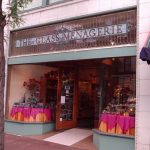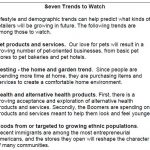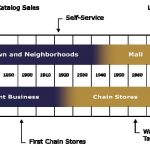Retail and Service Business Mix in Wisconsin’s Downtowns – Full Report
Written by Bill Ryan, Beverly Stencel, and Jangik Jin, this paper analyzes the number and types of downtown retail and service establishments in Wisconsin’s cities and villages. It provides a snapshot of street-level business activity to stimulate ideas about business expansion and recruitment. The analysis of retail and service mix serves as one source of the baseline data required for a comprehensive community business analysis. It is one tool in a spectrum of techniques available for the analysis of local demand and supply.
Read More...












